Meet 541, a replacement dairy heifer calf born in Jamie Kealy’s herd in Co Carlow this spring. Irish Country Living are going to be following 541’s growth and development once a month, every month between now and the Ploughing Championships 2019, where she’ll be on the Irish Farmers Journal stand.
Between now and the Ploughing Championships Irish Country Living are going to be following the growth and development of calf 541. Click here to read more ??https://t.co/wKf02wETcY pic.twitter.com/5Z6dwW0MeF
— Irish Country Living (@IrishCountryLiv) March 12, 2019
541 is going to be raffled off at the Ploughing in aid of Rathoe National School, to build a play area for kids in the junior classes. In the current climate, where untruths about the welfare of farm animals are rife, we are going to show, based on fact through 541, the first few months of a dairy heifer calf’s life.
This first article will describe the first four weeks of 541’s life.
The beginning
When the calf is born she is given four litres of colostrum within the first two hours of life.
To prevent Johne’s disease the cow is milked with a mini milker, so the calf receives its mother’s colostrum.
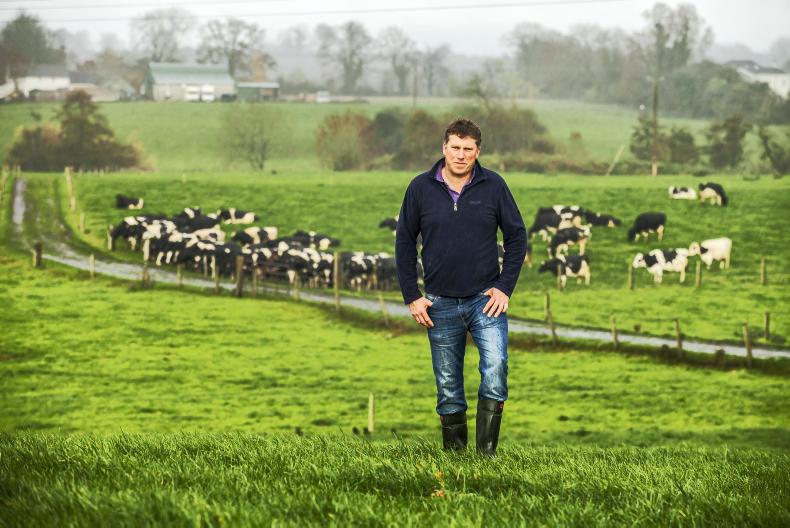
The aim is to bottle feed all calves from the off, as it improves gut health. Stomach tubing is used rarely when a calf is weak.
“Once the calf gets the colostrum we usually leave the calf with the mother until it is licked off and dry,” outlines Jamie.
“Then we move the calf out of the calving shed to the calf shed. We are looking at it from a disease point of view, the disease is in the calving shed, so we get the calf out of there as quickly as possible.
“The calf is newborn, her navel is fresh and she is wide open to disease. The calf shed is disinfected and it is bedded with fresh straw, there is lime underneath the straw as well to disinfect the pens.
The main thing is to get the calf out of the calving shed as quickly as possible.”
Husbandry
In the calf shed, 541 is put into a single pen for the first day, generally to train her on the teat feeder. From there she is moved into a pen with other calves. “They might just get a bottle for their first feed when they move across to this shed, then they are put on to small teat feeders and then the bigger teat feeders. They need attention to make sure they are sucking. Then they are split into different age groups. This is mostly so you don’t miss a smaller one, that they all get the attention needed to make sure they get going on the teat feeder.”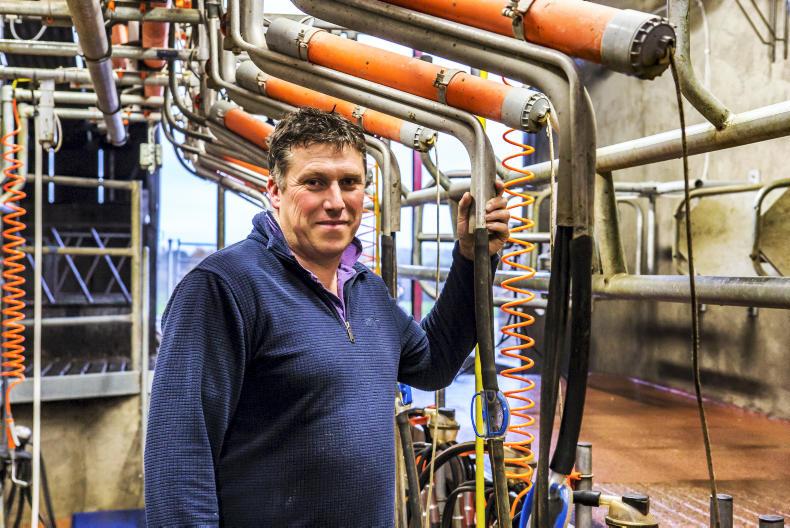
Inside, the calf shed is divided into different pens, room for several calves in some and newborn calves singly in others. The floor is covered in straw and plenty of it. Lying down the newborn calves are barely visible among it. There is a gentle slope in the floor, allowing for good drainage.
If the calf is slow to get up or slow to suck, you have to see what the problem is straight away, because we are trying to minimise the risk of disease
The calves shuffle around, some approach when you stand by the pen, licking you and your clothes. Overall it is peaceful, with only regular moos and the refilling of drinking bowls breaking the silence.
In here the calves are monitored carefully. “If the calf is slow to get up or slow to suck, you have to see what the problem is straight away, because we are trying to minimise the risk of disease. If a sick calf needs to come out, we have a shed for sick calves.”
For the first three to four weeks the calf is in the calf shed and is fed whole milk through teat feeders. Jamie has a long-term lease on this farm, which is 10 minutes away from his home place in Rathoe, where he has another block of land.
After three or four weeks 541 is moved to Jamie’s home block, where his wife Lorraine raises her on milk powder.
Calf number: 541
EBI: €212
EBI sub index for milk: 71
EBI sub index for fertility: 80




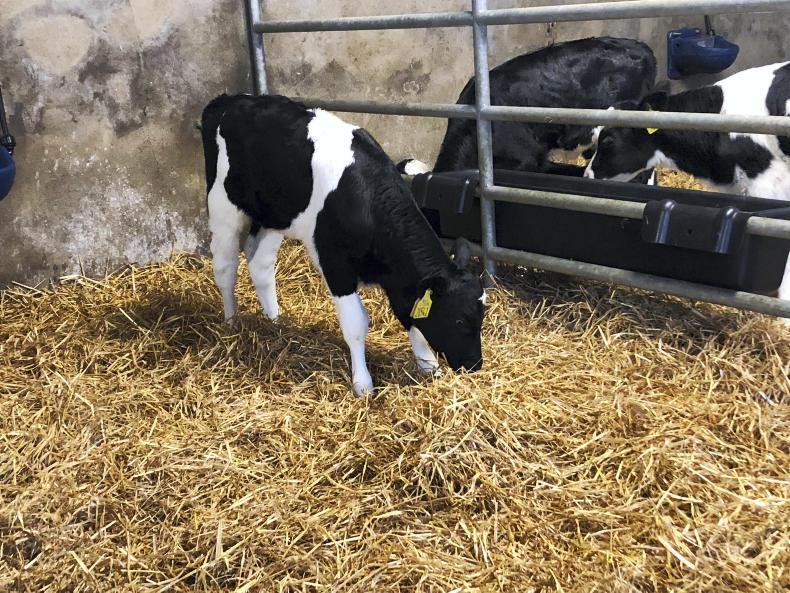


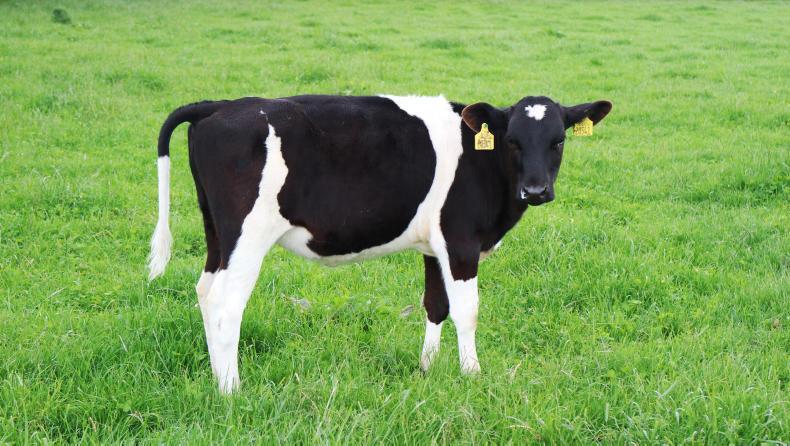

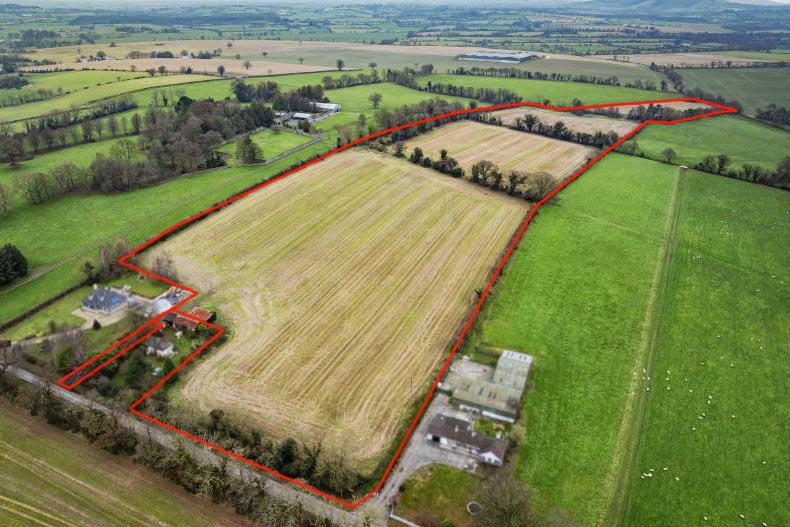
SHARING OPTIONS